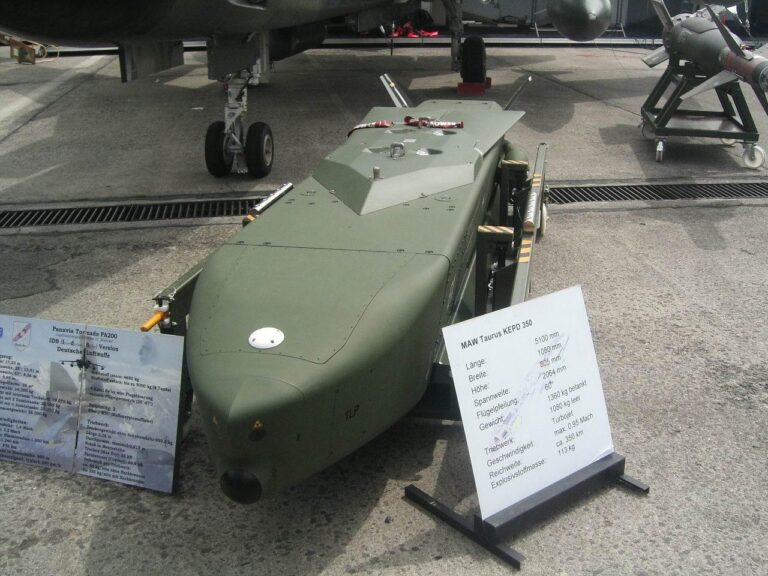A newly identified cyber espionage group, dubbed “Phantom Taurus,” has emerged on the global stage, allegedly linked to Chinese state-sponsored actors. Targeting government institutions across multiple countries, Phantom Taurus employs sophisticated stealth malware to infiltrate networks and exfiltrate sensitive data. Security experts warn that this latest wave of attacks highlights the growing complexity and persistence of state-backed cyber threats, underscoring the urgent need for enhanced defensive measures within public sector organizations.
Phantom Taurus Emerges as a Stealth Threat Targeting Government Networks
Security researchers have recently uncovered Phantom Taurus, a sophisticated hacking collective believed to be linked to China, targeting government networks across multiple countries. Utilizing advanced stealth techniques, the group deploys custom malware designed to evade traditional detection tools while maintaining persistent access to sensitive systems. Their operations demonstrate a high level of operational security, leveraging zero-day exploits and complex obfuscation methods to infiltrate critical infrastructure, steal confidential information, and monitor government communications without triggering alarms.
Analysis of their attack vectors reveals a pattern of tailored phishing campaigns combined with multi-stage malware delivery. The malware suite includes components for remote code execution, data exfiltration, and covert lateral movement within networks. Below is a summary of key Phases in Phantom Taurus’s attack lifecycle:
| Attack Phase | Techniques Used | Purpose |
|---|---|---|
| Initial Access | Spear-phishing with malicious attachments | Entry into target environment |
| Execution | Fileless malware leveraging PowerShell | Evade antivirus detection |
| Persistence | Scheduled tasks and registry modifications | Maintain long-term access |
| Lateral Movement | Credential dumping and SMB exploitation | Expand network reach |
| Data Exfiltration | Encrypted communication over covert channels | Extract sensitive data undetected |
Analyzing the Sophisticated Malware Techniques and Tactics Employed by Phantom Taurus
Phantom Taurus leverages an array of advanced malware techniques that underline the group’s deep expertise in evading detection and maintaining persistence within target networks. Their malware commonly employs encrypted multi-layered payloads, making reverse engineering and signature-based detection efforts significantly more challenging. Moreover, the group utilizes fileless infection vectors that execute malicious code directly in memory, thus reducing the digital footprint and circumventing traditional antivirus solutions. These stealth tactics, combined with sophisticated command-and-control (C2) mechanisms that rotate domains and use proxy servers, allow Phantom Taurus to conduct covert operations over extended periods.
Their approach to lateral movement inside compromised environments is equally intricate. Phantom Taurus exploits legitimate administrative tools, such as PowerShell and Windows Management Instrumentation (WMI), to maneuver discreetly between systems without triggering security alerts. The attackers also frequently drop custom backdoors designed to blend seamlessly with normal network traffic patterns. Below is a concise summary of some hallmark tactics employed by the group:
- Encrypted multi-stage payloads to obfuscate initial infection and subsequent malware components
- Memory-resident fileless attacks to avoid disk-based detection
- Abuse of native OS tools for stealthy lateral movement
- Adaptive C2 infrastructure with frequent domain switching
| Technique | Description | Impact |
|---|---|---|
| Fileless Malware | Runs code directly in system memory | Evades signature-based detection |
| Encrypted Payloads | Multi-stage, wrapped in encryption layers | Hinders malware analysis |
| Legitimate Tool Abuse | Uses PowerShell/WMI for lateral movement | Remains under security radar |
| C2 Domain Rotation | Switches domains dynamically for C2 | Maintains long-term access |
Strategies for Governments to Detect Mitigate and Respond to Phantom Taurus Cyber Attacks
Governments must adopt a multi-layered approach to effectively stem the tide of Phantom Taurus cyber threats. Prioritizing advanced threat intelligence sharing between national cybersecurity agencies and international partners can drastically reduce response times and improve threat attribution accuracy. Network segmentation and the deployment of advanced endpoint detection and response (EDR) tools will further limit adversaries’ lateral movement across critical infrastructure. Additionally, governments should invest heavily in continuous employee cybersecurity training, ensuring that staff can recognize phishing attempts or social engineering tactics commonly employed to deploy stealth malware.
Preparedness hinges not only on detection but also on rapid incident response protocols. Developing comprehensive playbooks that outline steps-from initial detection to containment and eradication-enables security teams to act decisively under the strain of an active Phantom Taurus breach. Routine penetration testing and red team exercises, mimicking the group’s stealth techniques, will expose vulnerabilities before they can be exploited. Below is a summary table highlighting key strategic components against Phantom Taurus activity:
| Strategy | Key Actions | Expected Outcome |
|---|---|---|
| Threat Intelligence Sharing | Cross-agency collaboration & threat feed integration | Faster detection; enhanced situational awareness |
| Endpoint Security Enhancements | Deploy EDR solutions; network segmentation | Reduced attack surface; minimized lateral intrusion |
| Employee Training | Phishing simulations; cybersecurity awareness | Lower risk of initial infection vectors |
| Incident Response Playbooks | Define containment and remediation steps | Swift and coordinated breach management |
In Conclusion
As cyber threats continue to evolve, the emergence of Phantom Taurus underscores the persistent risks faced by governments worldwide from state-linked hacking groups. With its deployment of sophisticated stealth malware, this China-associated actor exemplifies the growing complexity and stealth of modern cyber espionage campaigns. Staying vigilant and enhancing cybersecurity defenses remains paramount as attribution efforts and threat intelligence strive to keep pace with such advanced adversaries. The landscape is shifting, and so must the strategies to protect sensitive government networks from these covert incursions.




